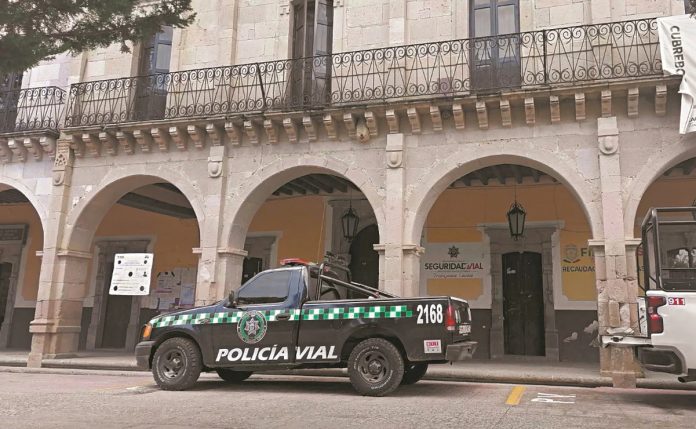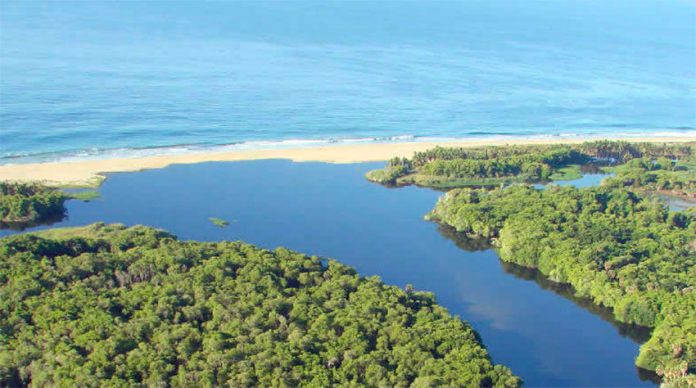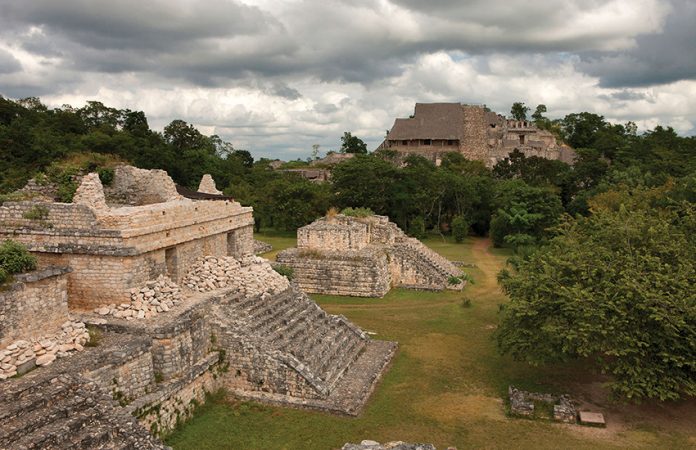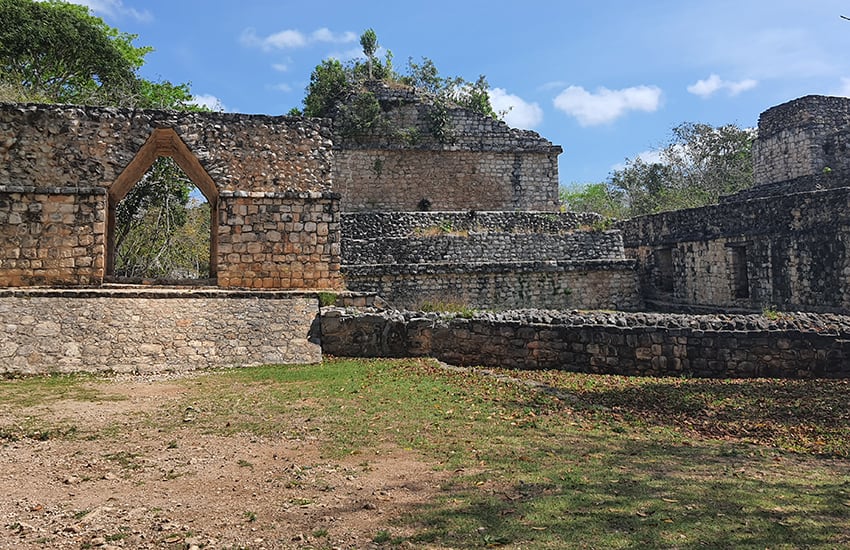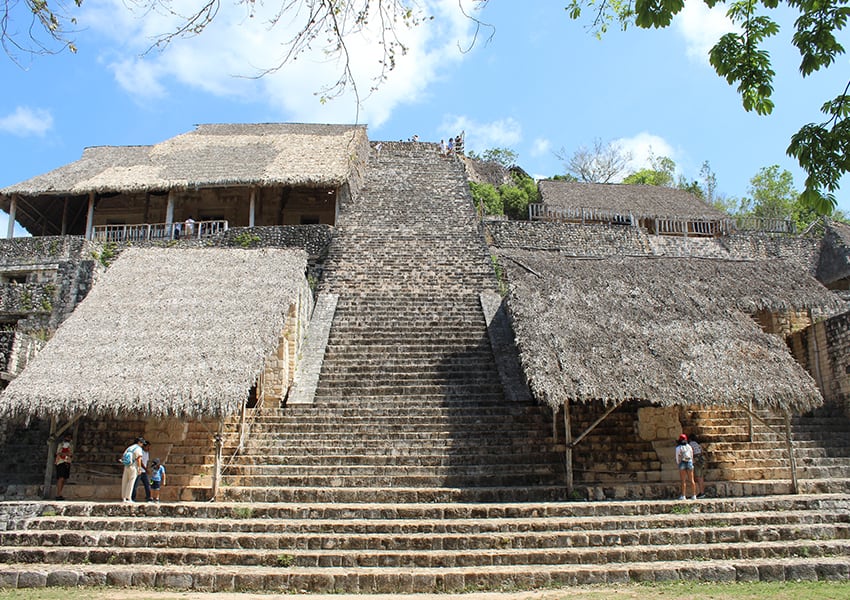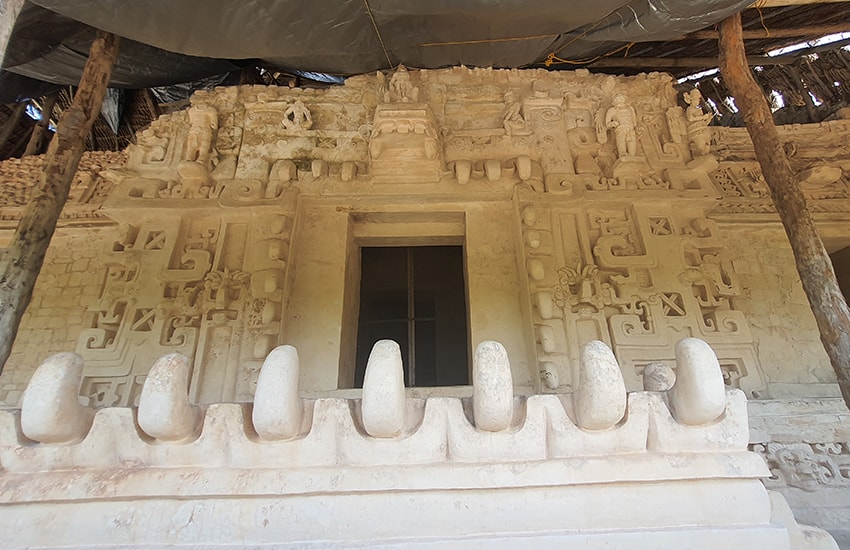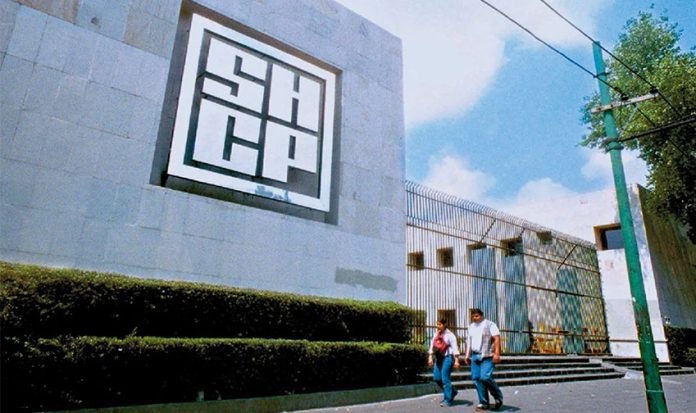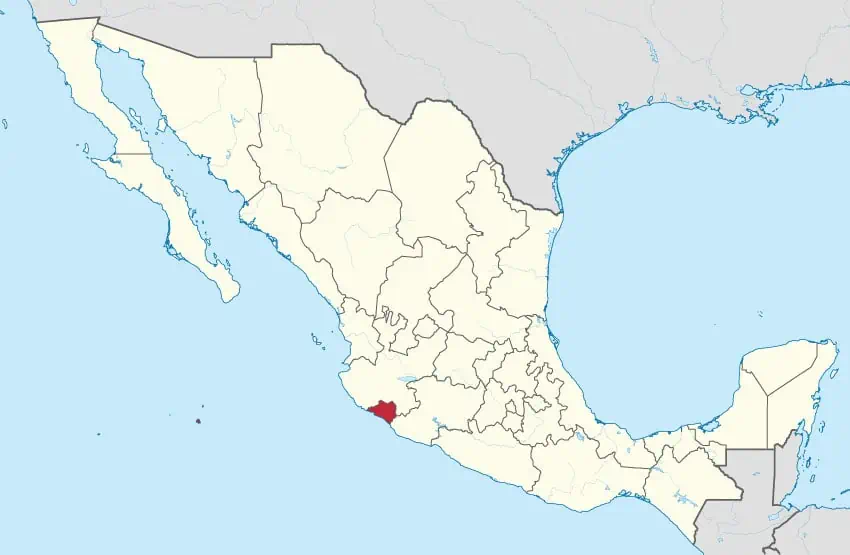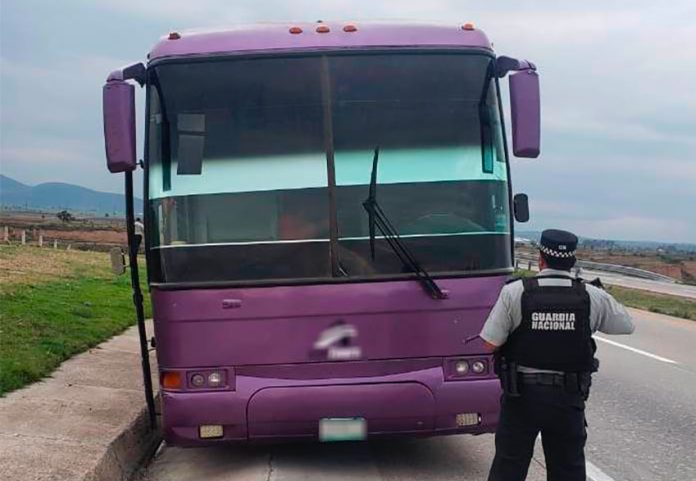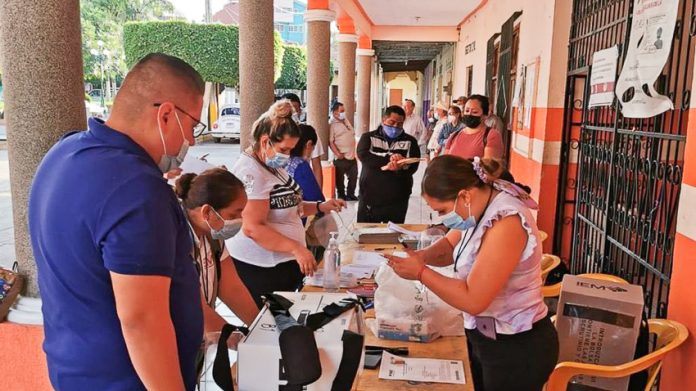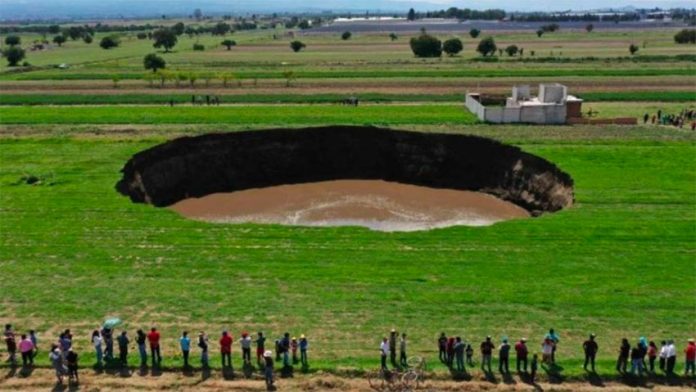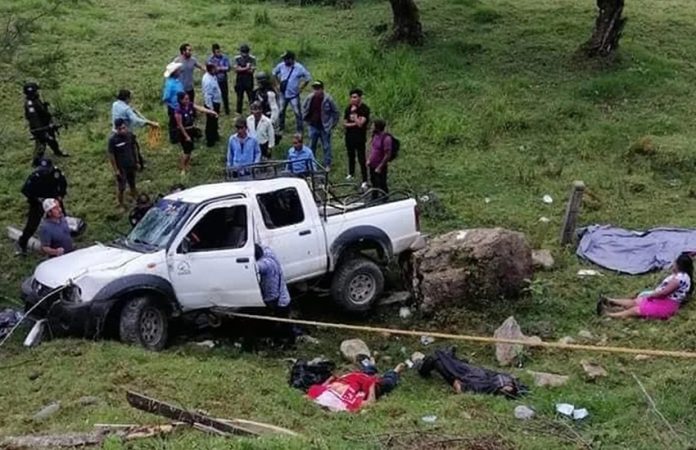A mayor has fled the small Zacatecas municipality he governs after receiving threats from organized crime.
Ramiro Sánchez Mercado, Institutional Revolutionary Party mayor of Monte Escobedo, located in southwestern Zacatecas on the border with Jalisco, left town with his family in May and will carry out his mayoral duties virtually, the state government said last week.
In light of his departure and the resignation of the municipal government secretary, who also received threats, the Monte Escobedo council agreed to allow a state government envoy to take charge of day-to-day business. Alejandro Arce Pantoja was sworn in as temporary secretary of the municipal council in a ceremony presided over virtually by Mayor Sánchez last Wednesday.
Prior to Arce’s arrival, the municipal palace had remained closed for two weeks.
In late May, some 100 armed men arrived in town and told municipal authorities that they were going to take over the municipal palace, according to a report by the newspaper La Jornada that cited witness accounts published on social media and reporting by local news outlets.
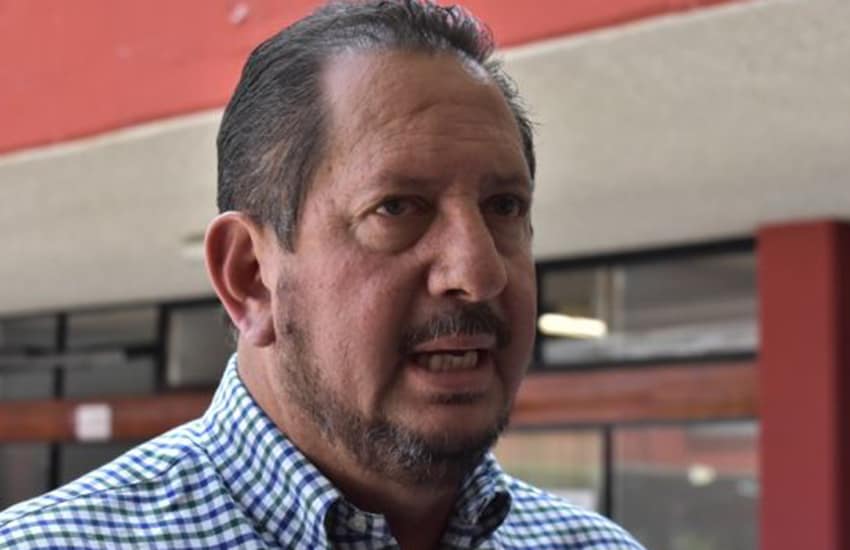
The newspaper El Universal reported that the armed men demanded to occupy several areas of the building. In the absence of the mayor — his whereabouts at the time were unclear — council personnel “became frightened and called 911 to ask for the presence of the army.”
Arce told El Universal that all the workers abandoned the government building, and its doors were closed. He said the unidentified armed men fled due to the expected arrival of the army which, along with the National Guard and state police, remains in Monte Escobedo: it doesn’t have a single municipal police officer since the local police chief — and sole officer — was abducted and murdered in January.
The council’s call to authorities for help is presumed to have been the trigger for direct threats being made against the mayor and the former municipal secretary, “who decided to abandon their land together with their families,” El Universal said.
A replacement council secretary was sought among residents of Monte Escobedo, which has a population of about 8,000, but nobody accepted the position due to the fear that they might be targeted next.
Arce, who traveled from Zacatecas city to take up the secretary’s role, said the deployment of security forces to the municipality, where the Jalisco New Generation Cartel and the Sinaloa Cartel are fighting for control, is allowing things to get back to normal.
However, polling booths were not set up in some Monte Escobedo communities on Sunday due to the threat posed by organized crime. It is unclear when the mayor will return or whether he will return at all.
He is due to leave office later this year.
Zacatecas is coveted by criminal groups due to its location between Pacific coast ports where drugs enter the country and Mexico’s northeastern border with the United States.
It was the sixth most violent state last month in terms of sheer homicide numbers after Guanajuato, México state, Michoacán, Jalisco and Chihuahua, according to preliminary figures.
With reports from El Universal (sp) and La Jornada (sp)
